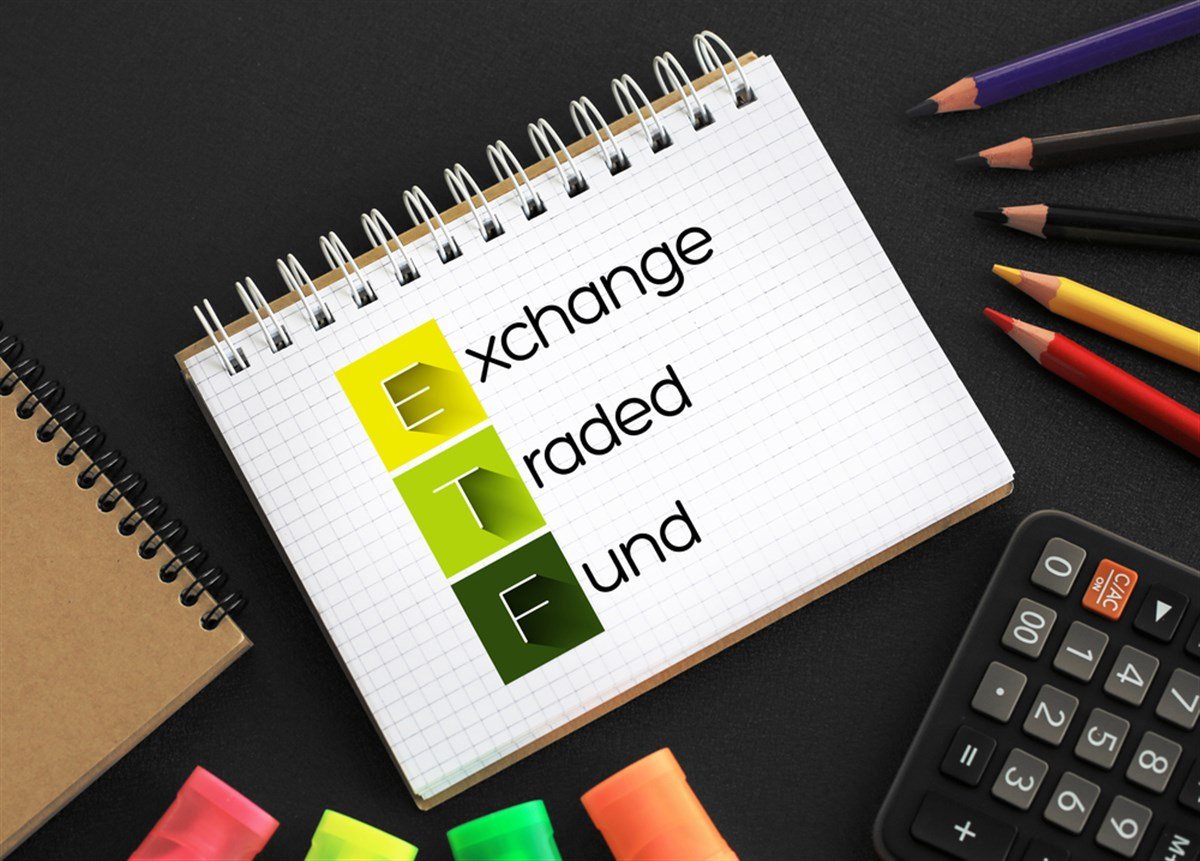
Investors understand idioms like “don’t put all your eggs in one basket,” but what does that really mean when it comes to their investments? There has to be a better plan than going all or nothing in risky technology stocks or conservative utilities stocks.
That’s where diversification comes in. Being diversified means spreading out investments over a range of asset classes. This goes beyond owning different kinds of stocks (which investors should do). It also means adding bonds, precious metals, real estate, and even assets like collectibles or Bitcoin if your risk tolerance allows.
One way to get started is through exchange-traded funds (ETFs). Investors can gain exposure to an asset class without taking on the risk that can arise from direct ownership of those assets.
Bond ETFs are a good example of this. Bonds help investors generate predictable income. And because they historically have an inverse correlation with stocks, when stocks fall (as they inevitably will), bonds serve as an effective hedge to preserve capital. Bond ETFs pool a group of bonds (i.e., a basket) and package them so that they can be bought and sold like stocks.
Make Volatility an Ally, Not an Enemy
[content-module:CompanyOverview|NASDAQ: VGUS]The first pick is a new kid on the block. The Vanguard Ultra-Short Treasury ETF (NASDAQ: VGUS) only began trading in February 2025. Vanguard created this product for investors who want short-term exposure to government-backed securities to mitigate interest rate and inflation uncertainty.
The fund consists entirely of U.S. Treasury securities with very short durations (typically one to three months).
This short duration gives investors an alternative to holding cash during these times. And they won’t have their funds eaten up by fees. The fund’s expense ratio is an ultra-low 0.07%, compared to comparable funds that can have expense ratios of around 0.62%.
An Alternative for Playing the Short End of the Yield Curve
[content-module:CompanyOverview|NYSEARCA:SGOV]Another short-term bond ETF to consider is the iShares 0-3 Month Treasury Bond ETF (NYSEARCA: SGOV). Short-term bond ETFs are a solid alternative to cash due to the inverse relationship between bond prices and bond yields. When interest rates rise, bond values decline, and bond yields rise.
However, the next directional move for interest rates will likely be lower. That means bond yields may come down, but it’s impossible to say when that will be.
So, staying with short-term exposure to bonds can get investors in and out before facing the impact of rising yields. The SGOV fund also features a low 0.07% expense ratio and pays an attractive high-yield 4.9% dividend.
This High Risk, High Reward Fund May be Worth a Watch
[content-module:CompanyOverview|NYSEARCA:XCCC]The first two names are ideal for all investors. The BondBloxx CCC Rated USD High Yield Corporate Bond ETF (NYSEARCA: XCCC) is only for risk-tolerant investors. This fund is composed of highly speculative corporate bonds with a CCC rating.
For those who are unfamiliar with credit ratings, think about school. A’s are better than C’s, and that’s the same with the XCCC fund. CCC corporate bonds have a high (some would say uncomfortably high) risk of default. In fact, anything rated lower than a BBB is considered non-investment grade. That's why the fund sold off sharply in April 2025.
However, the fund is diversified, with no single holding weighing more than 2% of the weighting. That helps mitigate default risks. If analysts are correct and inflation continues to trend lower, then the next move in interest rates will be lower. If that happens, the default risk is mitigated, making the fund’s 11.9% dividend yield highly attractive.
Where Should You Invest $1,000 Right Now?
Before you make your next trade, you'll want to hear this.
MarketBeat keeps track of Wall Street's top-rated and best performing research analysts and the stocks they recommend to their clients on a daily basis.
Our team has identified the five stocks that top analysts are quietly whispering to their clients to buy now before the broader market catches on... and none of the big name stocks were on the list.
They believe these five stocks are the five best companies for investors to buy now...

